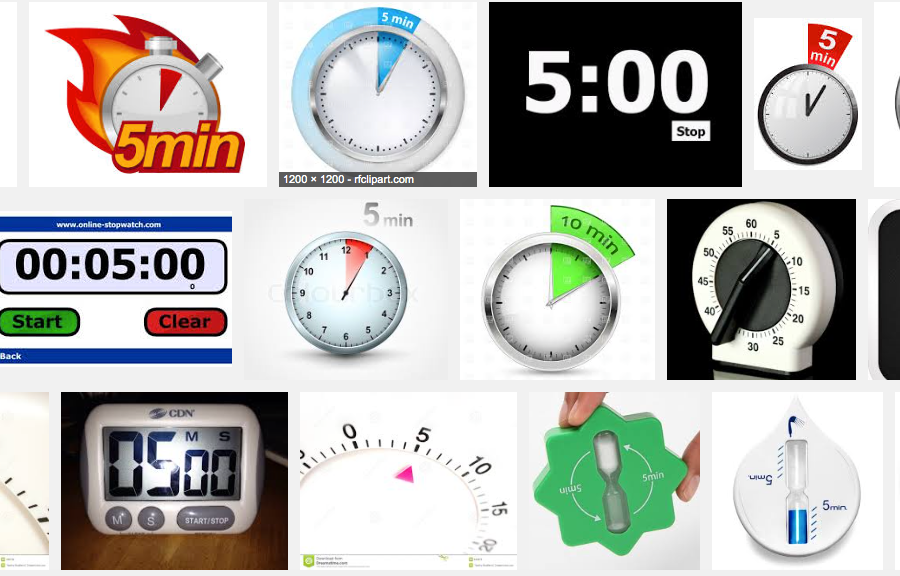Do you have five minutes to understand whether @TeachForAmerica is effective?

Do you have five minutes to understand whether Teach For America (TFA) is effective? Mathematica does and they did in their latest study of TFA. More on this lead later in the review. The taxpayers of the USA paid Mathematica about $12 million for a couple of studies of TFA. We reviewed the prior 2013 study on “secondary” teachers in two prior posts on Cloaking Inequity: New Mathematica TFA Study is Irrational Exuberance and “Does Not Compute”: Teach For America Mathematica Study is Deceptive? In the Irrational Exuberance post we sought to write a review of the 2013 study that was in language readily accessible to parents, policymakers, educators and others. In the postDeceptive Study, we conducted a more technical review of Mathematica’s 2013 TFA study.
Last week, the newest Mathematica study on TFA was released and focuses only on teachers in prekindergarten through grade 5. So we (Myself and Dr. Francesca Lopez, faculty at the University of Arizona) are again seeking to decipher and discuss their latest study for the general public.
Teach For America, Arne Duncan and the Obama Administration apparently liked the idea that TFA should be expanded dramatically over the past couple of years. To do so, they gave them $50 million in taxpayer dollars in the i3 grant program. From the Mathematica report:
In 2010, TFA launched a major expansion effort, funded in part by a five-year Investing in Innovation (i3) scale-up grant of $50 million from the U.S. Department of Education. Under the i3 scale-up, TFA planned to increase the size of its teacher corps by more than 80 percent by September 2014, with the goal of placing 13,500 first- and second-year corps members in classrooms by the 2014–2015 school year and expanding to 52 regions across the country. While TFA ultimately fell short of the growth goals set in its scale-up application (Mead et al. 2015), by the 2012–2013 school year, the second year of the scale-up, it had expanded its placements by 25 percent, from 8,217 to 10,251 first- and second-year corps members.
About 1/3 of TFA operating funds come from taxpayers sources. For example, they have a $12 million appropriation in Texas that was off limits even when the state cut $5.4 billion from education a few years ago. The new Republican governor has promised to give TFA millions more in Texas.
So is TFA taxpayer money well spent?
Let’s start with Mathematica’s three main “findings”:
- First- and second-year Teach For America (TFA) corps members recruited and trained during the Investing in Do you have five minutes to understand whether @TeachForAmerica is effective? | Cloaking Inequity:
